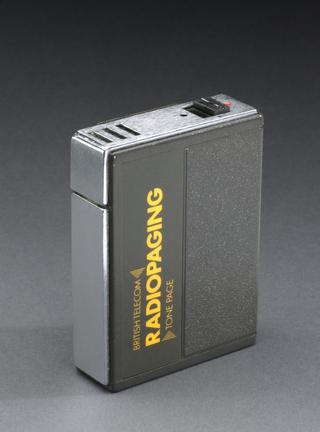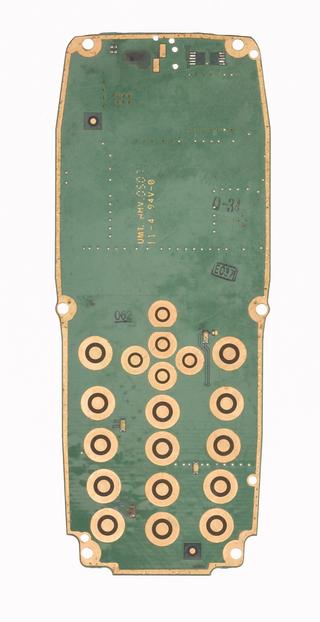
Magneto-ringing Ericsson telephone, 1892-1920




Magneto-ringing Ericsson telephone, mouthpiece chipped, two base supports missing, probably made by British L M Ericsson, British, 1892-1920.
Early telephones used batteries for producing the speech currents and a hand-cranked magneto for generating the alternating current needed to ring the bells. To make a call the caller turned the magneto a few times and then lifted the handset. The operator connected the call manually using cords and plugs at the switchboard. At the end of the call both users turned their magnetos again to signal to the operator that they had finished. This was called 'ringing off'. In this telephone, the curved legs form the magnets of the generator.
Details
- Category:
- Telecommunications
- Object Number:
- 1972-21
- Materials:
- wood (unidentified), metal (unknown), plastic (unidentified), paint and copper (alloy)
- Measurements:
-
overall: 275 mm x 280 mm x 140 mm, 4.64 kg
- type:
- telephone
- credit:
- Purchased from D. M. Burton




